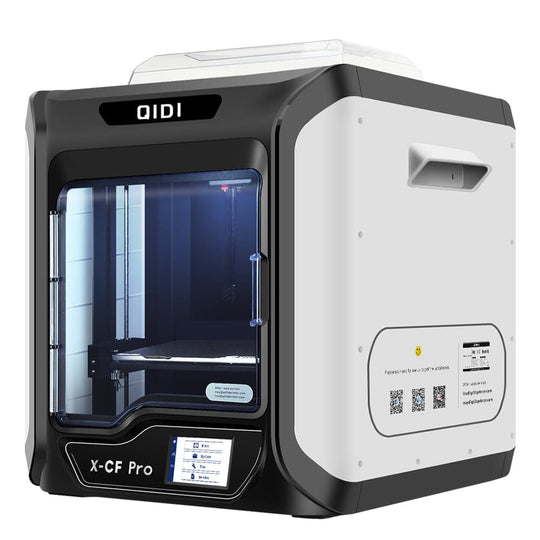In the world of FDM printers with high print resolution, the ability to produce intricate details and superior quality prints is paramount. This technology has revolutionized various industries, from prototyping to manufacturing, by allowing users to create highly detailed models with precision. But what exactly does high print resolution mean, and why is it so important?

Understanding FDM Printing Technology
Fused Deposition Modeling (FDM) is a popular 3D printing technique that involves melting thermoplastic filaments and extruding them layer by layer to create a three-dimensional object. The resolution of an FDM printer is determined by its layer height, nozzle diameter, and print speed. A printer capable of achieving a high print resolution can produce finer layers, resulting in smoother surfaces and more detailed features.
Benefits of High Print Resolution in FDM Printing
- Enhanced Detail: High print resolution allows for the creation of intricate designs that are often lost in lower resolution prints.
- Smoother Surfaces: With finer layers, the finished product exhibits a smoother surface finish, reducing the need for post-processing.
- Improved Accuracy: High-resolution prints are more accurate, making them ideal for applications requiring precise dimensions.
- Better Aesthetic Appeal: The visual quality of high-resolution prints is significantly better, making them suitable for display models and artistic projects.
Applications of High-Resolution FDM Printing
So, where can you utilize FDM printers with high print resolution? The applications are vast and varied:
- Prototyping: Designers and engineers often use high-resolution prints to create prototypes that closely resemble the final product.
- Medical Models: In the medical field, high-resolution prints can be used to create anatomical models for education and surgical planning.
- Art and Design: Artists leverage high-resolution capabilities to produce detailed sculptures and intricate designs.
- Custom Parts: Industries can manufacture custom parts with high precision, ensuring they fit perfectly in their applications.
Choosing the Right FDM Printer
When selecting an FDM printer with high print resolution, consider the following factors:
- Layer Height: Look for printers that can achieve a layer height of 0.1 mm or less for optimal resolution.
- Nozzle Size: A smaller nozzle diameter can produce finer details, but it may also slow down the printing process.
- Print Speed: Balance between speed and quality is crucial; faster prints may compromise detail.
- Material Compatibility: Ensure the printer can handle various materials, as some filaments perform better at high resolutions.
Conclusion
In conclusion, the significance of FDM printers with high print resolution cannot be overstated. They not only enhance the detail and quality of prints but also open up new possibilities across various fields. By understanding the benefits and applications of high-resolution printing, users can make informed decisions that elevate their projects to new heights. Whether you are a hobbyist or a professional, investing in a high-resolution FDM printer can greatly impact the quality of your work.







